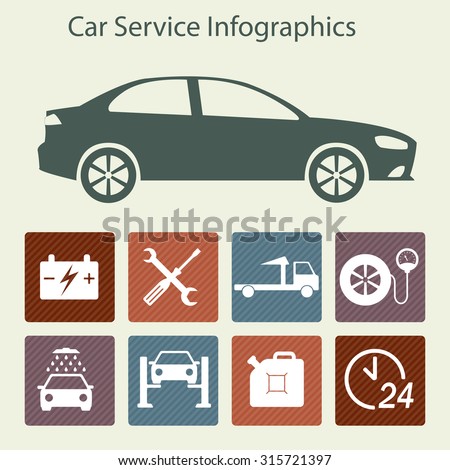When you're behind the wheel, those little warning lights on your vehicle's control panel can be quite puzzling. What do they indicate, and should you be worried? Comprehending ac for car repair is crucial for your automobile's wellness, however it doesn't need to be a daunting job. By deciphering the secret behind each light, you'll be equipped to take care of possible concerns successfully and maintain your auto running efficiently. So, following leaking brake fluid cost to repair , don't panic - arm on your own with expertise and take control of the scenario.
Importance of Auto Caution Lights
Understanding the significance of your automobile's caution lights is crucial for keeping your vehicle's health and wellness. ac repair car cost act as your auto's interaction system, alerting you to prospective issues that might jeopardize your safety and security when driving or lead to expensive repairs if neglected. By focusing on these warnings, you can deal with issues early and stop further damage to your car.
Overlooking alerting lights can cause serious effects, such as engine failure, brake malfunctions, and even mishaps. These lights are designed to alert you of concerns ranging from low tire stress to engine breakdowns, offering you the chance to take action before the circumstance intensifies. Frequently inspecting and recognizing these cautions can save you time, cash, and guarantee your security while driving.
In addition to keeping you secure, responding immediately to alerting lights can likewise assist prolong the life expectancy of your cars and truck. By resolving read here at an early stage, you can protect against small problems from rising right into significant repair services, inevitably conserving you money and time over time. Remember, your auto's caution lights are there for a reason - don't neglect them!
Common Warning Lighting and Meanings
When it involves driving your auto, understanding usual warning lights and their meanings is important for your safety and security and automobile upkeep. Below are a few common warning lights you may run into:
1. ** Examine Engine Light **: This light shows a problem with your engine. It could be something minor like a loosened gas cap or something much more serious like engine misfiring.
2. ** Battery Light **: This light signals a problem with your automobile's charging system. It might suggest a defective battery, generator, or other relevant elements.
3. ** Oil Pressure Light **: When this light begins, it suggests your engine might be running low on oil or experiencing low oil stress, which can lead to engine damages otherwise addressed without delay.
4. ** Brake System Light **: This light suggests a concern with your braking system. It could suggest reduced brake fluid degrees or a trouble with the brake system that requires prompt interest.
Understanding these common caution lights will aid you recognize possible issues early on and protect against even more considerable problems down the road.
How to Respond to Caution Lighting
On the occasion that a caution light brightens on your cars and truck's dashboard, it's vital to respond promptly and appropriately. When a warning light begins, the primary step is to consult your proprietor's handbook to understand the certain concern shown by the light.
Some lights need immediate attention, while others may indicate a much less immediate matter. If the warning light is red or blinking, it's usually a sign of a serious issue that needs prompt activity. In such situations, it's a good idea to pull over securely, shut off the engine, and seek professional assistance.
For yellow or orange caution lights, while they might not need immediate attention, it's still crucial to address the hidden concern quickly to stop additional damage. Normal upkeep and examination can assist avoid alerting lights from coming on unexpectedly.
Conclusion
To conclude, understanding your vehicle's warning lights is critical for maintaining your car's health and safety. By consistently examining and reacting to these cautions, you can address potential problems early and prevent pricey repair services or safety risks. Remember to consult your owner's manual for details on different warning lights and always take immediate action for red or blinking lights. Remain aggressive and maintain your auto running efficiently!
